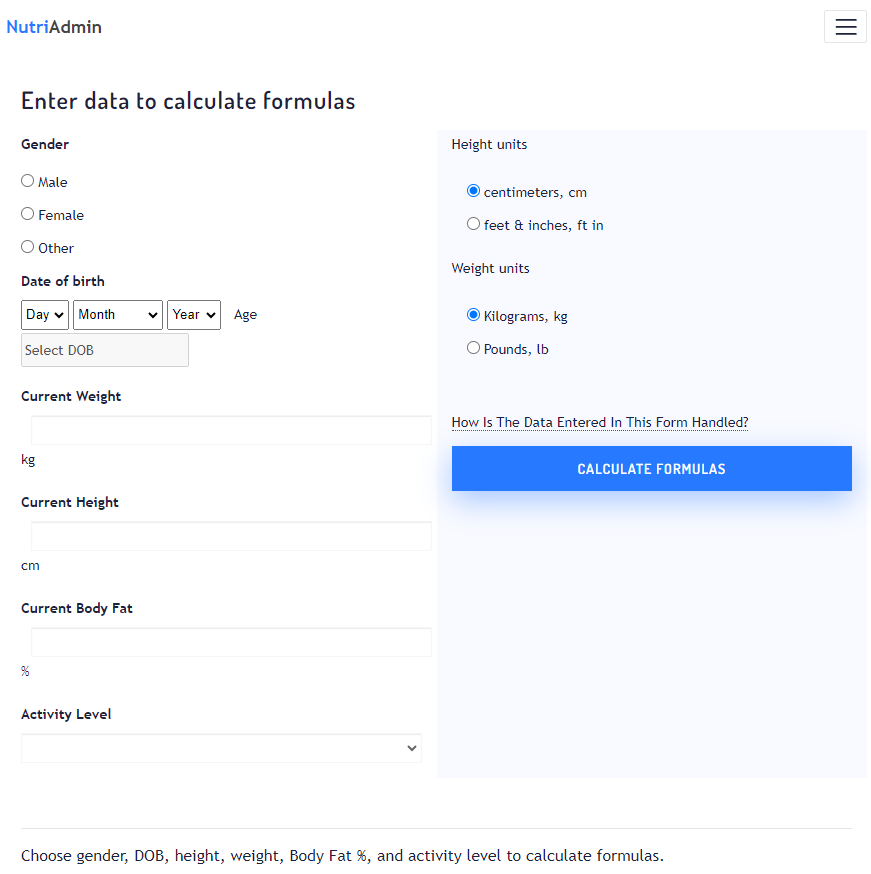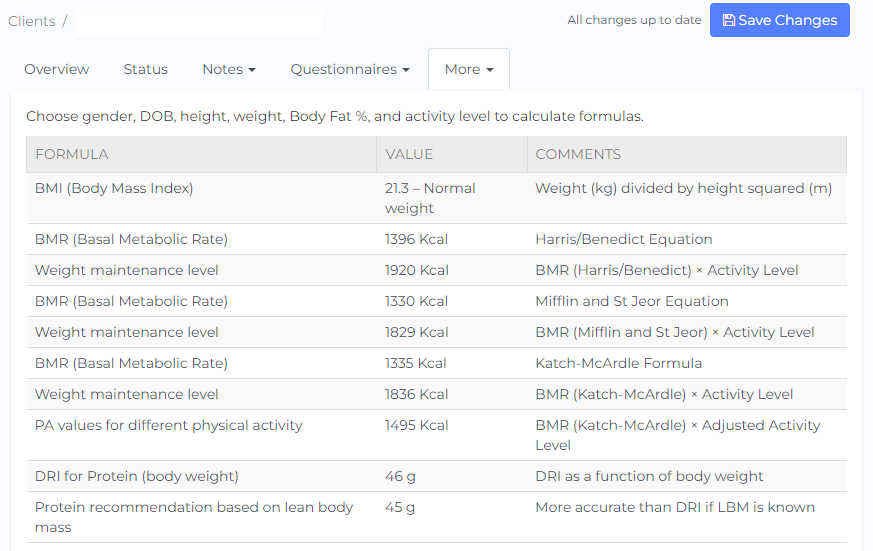Health, nutrition, and fitness professionals use Metabolic Equivalents (METs) as a tool that helps estimate an individual’s energy expenditure. In simple terms, METs are used to estimate roughly how many calories you burn during a particular activity.
History
The Compendium of Physical Activities shows us a list of common activities and their corresponding METs.
The Compendium of Physical Activities, established in 1989, introduced a standardized approach for measuring and categorizing physical activities. It played a crucial role in the Survey of Activity, Fitness, and Exercise (SAFE study, conducted from 1987 to 1989). The SAFE study relied on this system for coding and scoring physical activity records.
In 1993, the first version of the Adult Compendium was published. After that, there have been two updates made. One in the year 2000, and the current compendium that was published in 2011.
A third update and expansion is expected to be published in 2024 along with the introduction of a new Compendium specifically for Older Adults as well as one for Wheelchair Activities.
What are METs?
Metabolic Equivalents (METs) serve as a guide to nutrition professionals in measuring how much energy an individual uses during an activity compared to when they are resting. Additionally, it helps us understand the intensity of most common physical activities.
One MET represents the energy an individual uses when they are sitting quietly, also called resting metabolic rate (RMR). About 3.5 milliliters of oxygen is consumed per kilogram of body weight per minute (mL/kg/min) by most individuals. In short, it is the amount of oxygen that the body uses when it is at rest. One MET is about 1 kcal/kg/hour.
If an activity requires 2 METs, it means the body needs about twice as much oxygen compared to when it is at rest. This indicates that the activity demands more energy and burns more calories.
Relevance of METs in your practice
One of the most common things nutrition and fitness professionals do is encourage their patients/clients to increase their physical activity or start an exercise routine that is safe and appropriate for their fitness level and health status.
Furthermore, when you know the METs value of a physical activity, the activity’s duration, and some information about the person doing it, you can calculate an estimate of how many calories per minute that person is likely to burn during that certain activity.
This is particularly useful for clients who are trying to lose weight. Knowing that their workouts are tailored to their individual goals can boost their motivation to lose weight.
MET values in common physical activities
Below are the MET values of some of the most common physical activities
| MET | MAJOR HEADING | SPECIFIC ACTIVITIES |
| 7.5 | bicycling | bicycling, general |
| 2.8 | conditioning exercise | calisthenics (e.g., situps, abdominal crunches), light effort |
| 5 | conditioning exercise | resistance (weight) training, squats , slow or explosive effort |
| 7.3 | dancing | aerobic, general |
| 3.3 | home activities | cleaning, sweeping carpet or floors, general |
| 1.5 | inactivity quiet/light | sitting, listening to music (not talking or reading) or watching a movie in a theater |
| 1.5 | occupation | sitting tasks, light effort (e.g., office work, chemistry lab work, computer work, light assembly repair, watch repair, reading, desk work) |
| 3 | occupation | standing tasks, light effort (e.g., bartending, store clerk, assembling, filing, duplicating, librarian) |
| 7 | running | jogging, general |
| 2 | self care | grooming, washing hands, shaving, brushing teeth, putting on make-up, sitting or standing |
| 7 | sports | soccer, casual, general |
Calculating calories burned using METs
In helping clients achieve specific goals like weight loss, estimating how much calories they will burn for specific physical activities and exercise routines is important to assess the duration and level of intensity they have to do for them to achieve said goal. The formula below will help you know how much calories they are burning per minute:
METs x 3.5 x Body Weight in kg / 200 = Kcal/min.
For example, say an individual that weighs 65 kg goes out for a jog. Jogging has a MET value of 7. To calculate the calories burned per minute:
7 x 3.5 x 65 / 200 = 7.96 kcal per minute
If an individual jogged for 1 hour, they would burn approximately 478 calories.
7.96 kcal/min x 60 minutes = 478 kcal
Limitations
As you may have noticed, throughout the entire article, words like “approximately” and “estimated” are frequently used. This is because METs serve as a guide, instead of being an exact mathematical formula.
According to the Compendium of Physical Activities website, the values in the Compendium do not consider individual factors such as body mass, age, sex, efficiency of movement, geographic or environmental conditions that can affect the energy cost of physical activity. In other words, energy expenditure can significantly differ between individuals doing the same activity, and the actual energy cost for a person might not align with the average MET level provided in the Compendium.
Nevertheless, nutrition and fitness professionals can still use them to arrange more effective workouts and make rough estimates of calorie expenditure during various activities.
Free Tools for Nutrition Professionals
NutriAdmin provides free tools for nutritionists to help save time in computing usual nutrition related formulas for everyone to use. While the provided formulas don’t include METs, you can still ulitize the following free calculators:
- BMI calculator
- BMR calculator
- Harris-Benedict Equation calculator
- Katch-Mcardle Formula calculator
- Mifflin-St Jeor Equation calculator
- Schofield Equation calculator
- TDEE calculator

One of NutriAdmin’s features is providing a CRM for nutritionists. With this nutritionist software, members can automatically calculate the formulas like BMI, BMR and protein recommendations. You can click here to learn more.

The screenshot above displays different BMR and Physical Activity Level formulas for weight maintenance. Nutrition and fitness professionals utilize these values, in combination with METs, to design efficient diet and exercise routines aimed at assisting clients in achieving their health and fitness goals.
Finally, if you work on coaching, feel free to check this page to learn how NutriAdmin can help you. Conversely, please check this other page if you are a personal trainer.




